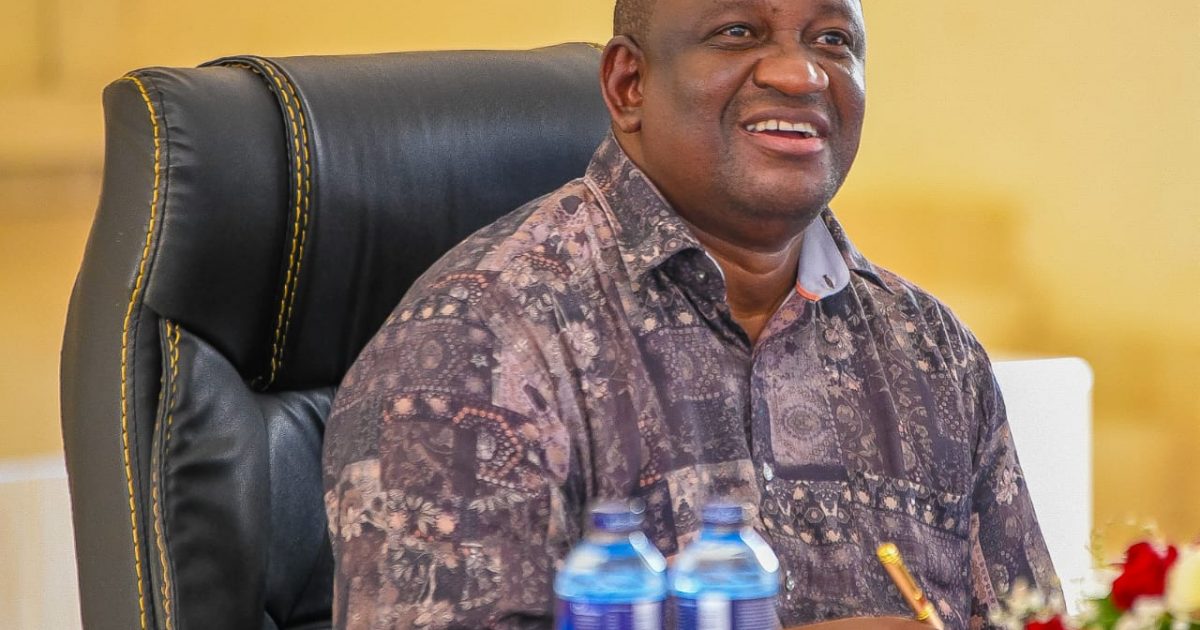Construction of the Sh. 2.5 billion Kabonyo Kanyagwal Fisheries Aquaculture and Training Center of Excellence in Kisumu County, is set to begin in March after the government concludes the financing paperwork.
The project which is tipped to change the country’s fisheries sector is funded by the Republic of Hungary and the Government of Kenya and was given the greenlight by the Cabinet in January last year.
Mining, Blue Economy and Maritime Affairs Cabinet Secretary (CS), Salim Mvurya, said his Ministry was finalizing the finance documents ahead of the commissioning of the project early next month.
“We are finalizing the finance documents because the aid had three other projects in other ministries. We shall finish in three weeks time so that we can have the activities running seamlessly,” he said.
Mvurya said construction of Phase One of the project will cost Sh. 1 billion and is expected to commence immediately.
An additional Sh. 1.5 billion, he said, was earmarked for Phase II of the project which once completed will provide fisheries and aquaculture interventions nationally.
The project once completed will boast a fingerlings production unit, aquaculture resource centre, Nile Perch multiplication center and the Kenya Fishing School.
It is expected to facilitate training, research, innovation and best practices in fisheries and aquaculture through demonstrations and incubations.
Speaking in Kisumu during a meeting with stakeholders in the fisheries sector, Mvurya said the project will be a game changer for the sector as the government moves to boost fish production in the country.
The Center, he said, will produce up to seven million fingerlings per quarter to satisfy the market demands and supplement Sagana Aquaculture Research Center in Kirinyaga County.
He added that the Sagana facility which has been revamped will be up and running in a month’s time adding that the government was exploring all avenues to scale up production on farms, in the ocean, lakes and inland water bodies.
“The government has stopped importation of fish from China. Therefore we must work hard to scale up our production to satisfy the needs of the market,” he said.
By Chris Mahandara




